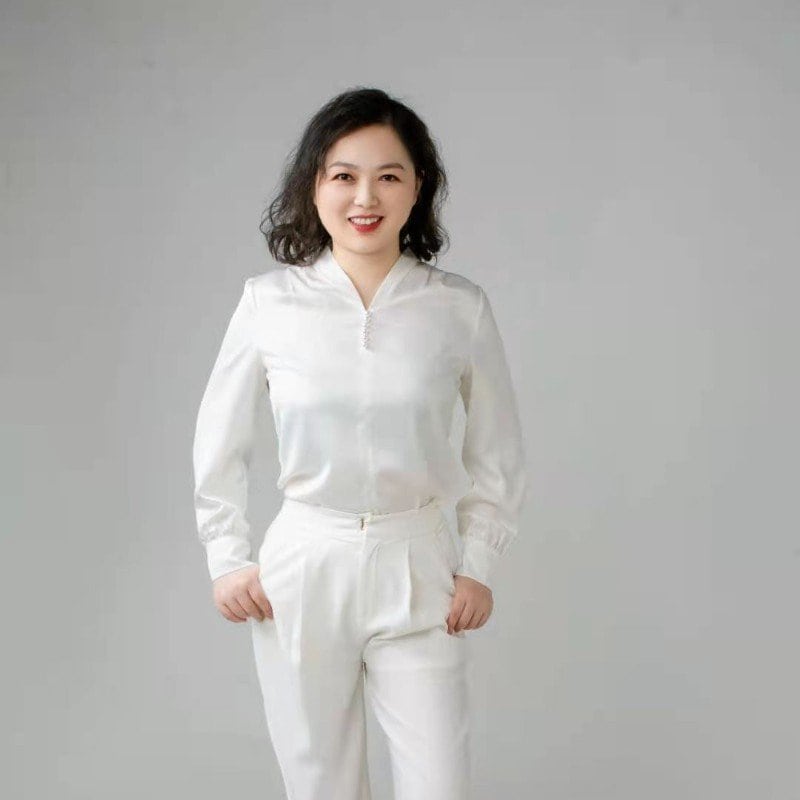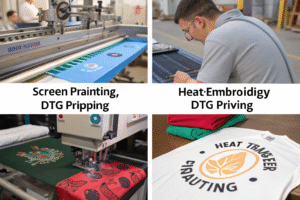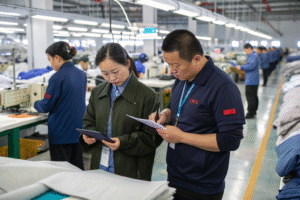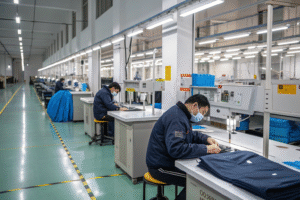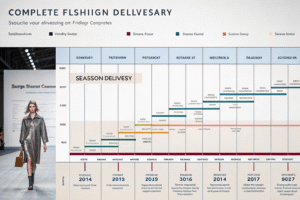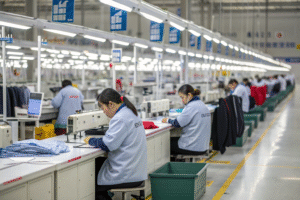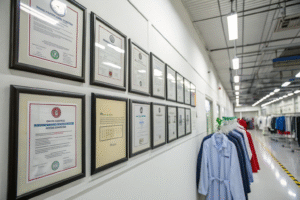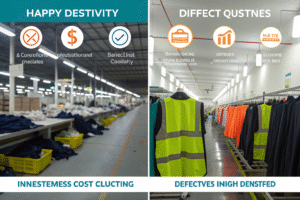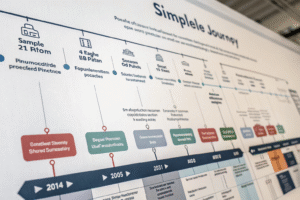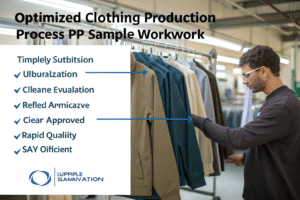When I first explored custom apparel, I often faced issues with printing methods. Poor prints quickly faded, peeling off after a few washes, and unhappy customers returned products frequently. So, what exactly is screen printing on T-shirts, and why does it matter?
Screen printing on T-shirts is a printing technique that pushes ink through a mesh stencil onto the fabric, creating clear, durable, and vibrant designs. It's excellent for bulk orders because it provides consistent quality, affordability, and long-lasting prints, ideal for brands and promotional clothing.
Understanding the pros and cons, durability, and differences between screen printing and other methods helps me make informed decisions for my business. Let’s dive deeper into these important considerations.
Is Screen Printing on Shirts Good?
I initially hesitated about screen printing due to concerns about print quality. Poor quality would mean customer complaints and loss of business. Is screen printing truly a good method for printing on shirts?
Yes, screen printing is excellent for T-shirts, especially for large quantities. It offers vibrant colors, long-lasting durability, and cost-effectiveness. Screen printing is best suited for simple, bold designs, providing professional-looking results that withstand regular use and multiple washes.
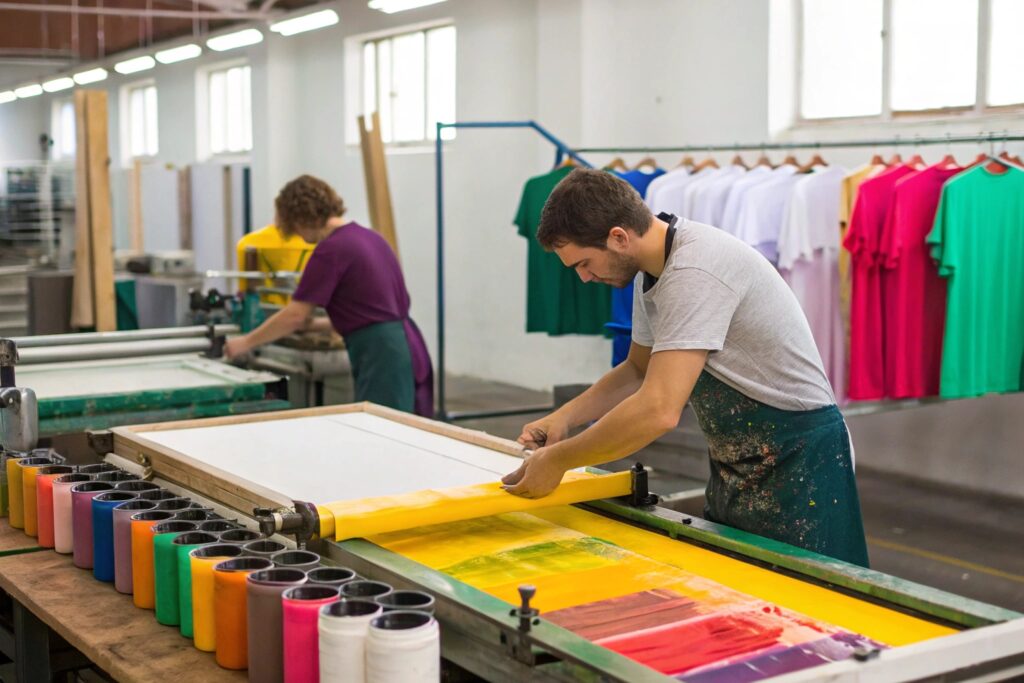
Why is screen printing popular for T-shirts?
Screen printing remains my preferred method due to:
- Durable Prints: Withstands washing without fading or cracking.
- Cost-Effective for Bulk Orders: Great savings when producing large batches.
- Vibrant Colors: Offers vibrant, accurate, and consistent colors.
Which types of shirts are best for screen printing?
From my experience, the best shirts for screen printing are:
| Fabric Type | Ideal for Screen Printing | Durability |
|---|---|---|
| 100% Cotton | Yes | Excellent |
| Cotton-Polyester Blend (50/50) | Good (requires specific inks) | Good |
| Polyester (100%) | Limited, requires special ink | Moderate |
Choosing cotton shirts significantly improves print quality, durability, and customer satisfaction.
How Long Does Screen Printing Last on a Shirt?
Initially, I worried about print durability because poorly printed shirts led to complaints and returns. Understanding how long screen printing lasts is critical to managing quality. How durable are screen-printed shirts?
Screen printing lasts on a T-shirt for approximately 40 to 50 washes when done correctly. Factors such as fabric choice, ink quality, curing method, and proper care affect durability. High-quality screen printing ensures vibrant, fade-resistant designs that remain appealing and intact over extended periods.

What impacts the durability of screen printing?
Factors affecting durability include:
- Ink Type: High-quality plastisol inks last longest.
- Fabric Choice: Cotton holds ink better and lasts longer.
- Curing Process: Proper heat curing ensures ink permanently sets.
How can I improve screen printing durability?
Tips to extend print life include:
- Use Quality Inks: Premium plastisol inks withstand repeated washing.
- Proper Curing: Ensure correct temperature and duration.
- Select Quality Fabrics: Use high-quality cotton or blends to enhance durability.
Following these tips greatly improved customer satisfaction and reduced returns.
What's the Difference Between Heat Press and Screen Printing?
Initially, confusion between heat pressing and screen printing led me to incorrect method choices. Understanding the clear differences between these two methods improved my decision-making. So, how do heat press and screen printing differ?
Screen printing involves pushing ink through stencils directly onto fabric, creating highly durable, vibrant prints suitable for bulk orders. Heat pressing transfers pre-printed designs onto fabric using heat, best for small orders, custom pieces, and quick-turnaround jobs. Screen printing is more durable, while heat press is more flexible.

Heat Press vs. Screen Printing Comparison:
Clear differences from my experience:
| Aspect | Screen Printing | Heat Press |
|---|---|---|
| Ideal Order Size | Large batches (50+) | Small batches (1-20) |
| Durability | High | Medium |
| Setup Costs | Higher initial setup | Lower initial setup |
| Print Quality | Very vibrant, long-lasting | Good, less durable |
When should I choose a heat press instead?
Choose heat pressing when:
- Orders are small or personalized.
- Designs include individual names or numbers (like sports jerseys).
- Quick turnaround and minimal setup are required.
What Are the Disadvantages of Screen Printing?
When I first started screen printing, I underestimated its limitations. Misunderstanding these disadvantages caused production delays and increased my costs. What are the common drawbacks of screen printing?
Disadvantages of screen printing include high initial setup costs, limited design complexity, higher costs for multiple colors, and inefficiency for small orders. Each additional color requires new screens, increasing setup time and costs, making this method less suitable for small, detailed orders.

What makes screen printing less ideal for small orders?
Screen printing has significant limitations for small orders:
- High Setup Costs: Screen creation and setup increase initial expenses.
- Limited Flexibility: Not suitable for complex, multicolor designs or photographic prints in low quantities.
When is screen printing not ideal?
Screen printing may not be ideal in these cases:
| Scenario | Why Not Ideal for Screen Printing |
|---|---|
| Very Small Orders | High per-shirt cost due to setup fees |
| Complex Full-color Designs | Limited colors raise cost and complexity |
| Fast Turnaround Needs | Setup takes time, causing longer lead times |
In these cases, methods like DTG or heat transfer vinyl (HTV) offer better flexibility.
Conclusion
Clearly understanding screen printing’s strengths and limitations helps me choose the right apparel printing method. Knowing durability, differences from heat press, and potential drawbacks ensures I consistently produce high-quality, cost-effective, and durable T-shirts, satisfying customers and maintaining strong profit margins.


